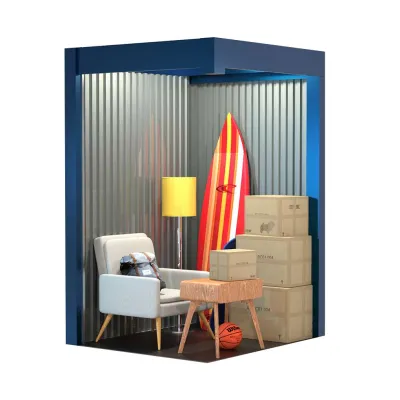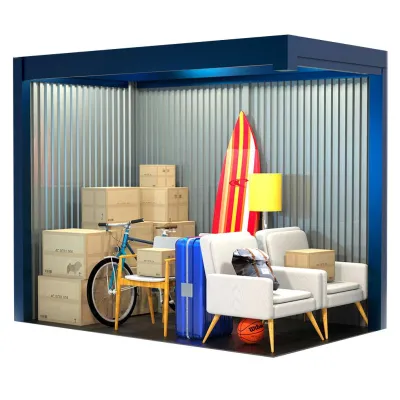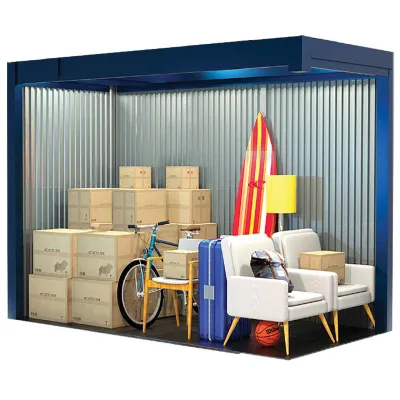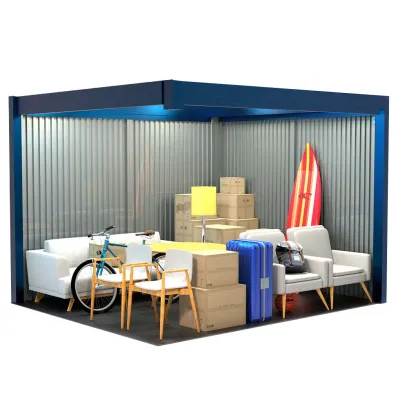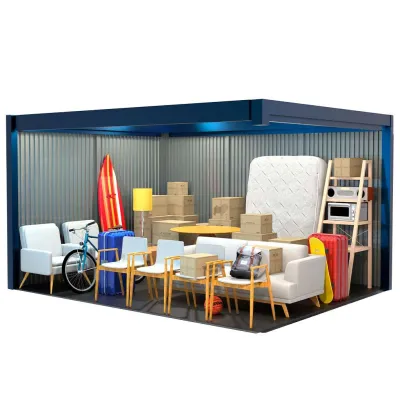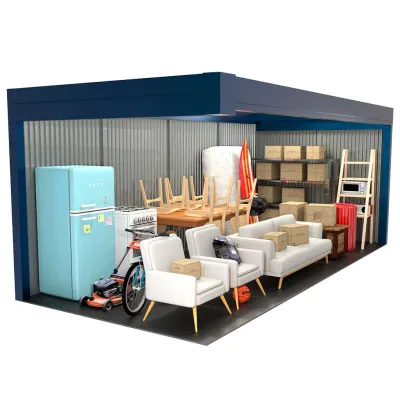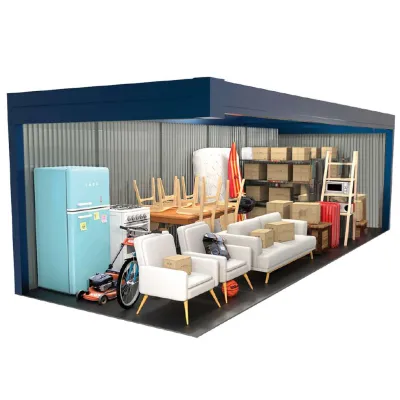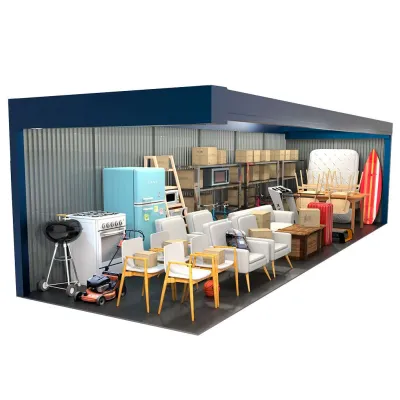
A Guide to Self-Storage for Military Families
For military families, the word 'home' carries a different meaning. With the average U.S. military family moving every two to four years, you might not have the option of a "home base" to store your Christmas decorations, summer sports gear, or other belongings. Fortunately, self-storage is an excellent solution for military families on the move.
With the right military storage, you'll be ready for every move, whether you're facing a permanent change of station (PCS) or a temporary duty assignment.
The Military Lifestyle and the Need for Storage
Relocating is more than just a change of address for military families. It's a complete upheaval that often calls for the temporary storage of household goods, vehicles, and beloved keepsakes. With deployments, moving into smaller quarters, and family separations as a reality, having secure military storage for your belongings is invaluable.
Military orders don't always come well in advance. If you receive notice of deployment, a PCS, or an unexpected move due to natural disaster, illness, or other exigent circumstances, you need storage that's as flexible as you are.
Budgeting and Cost Considerations for Self-Storage
Financial planning is crucial for any family, but for military families, it's often top of mind. Fortunately, self-storage facilities offer an affordable solution for military families that need extra space. Self-storage allows you to downsize your living space and save on housing costs by storing items that are not needed at the moment.
Long-Term Vs. Short-Term Military Storage: What's Right for You?
With the ever-changing lifestyle of military families, it's essential to identify what type of storage works best for your needs. Long-term military storage is ideal for deployments, while short-term storage can be beneficial during a PCS, especially when you're in between homes and need a place to keep your belongings safe.
You might be wondering if you could use non-temporary storage (NTS), or storage provided by the government. Although it seems like a convenient option, some limitations and restrictions come with NTS.
For example, storage is only authorized for specific reasons, such as deployment or temporary duty assignments. Additionally, there may be restrictions on the size and type of items that can be stored.
It might still be a good fit, but you'll need to get all the right information before knowing if it's your best option for military storage.
Packing and Moving Tips for Military Families
Effective packing and storage can save time and space, and ensure that your items remain in good condition.
1. Planning and Inventory
- Size Matters: Estimate the size of the storage unit you'll need based on what you plan to store. A well-organized 10x10 unit can hold the contents of a one-bedroom apartment.
- Climate Control: Consider a climate-controlled unit for sensitive items like electronics, wood furniture, or anything susceptible to extreme temperatures and humidity.
2. Packing Materials
- Boxes: Use sturdy, uniform-sized boxes for easy stacking.
- Packing Paper/Bubble Wrap: For wrapping fragile items.
- Plastic Bins: Ideal for items that need extra protection from moisture.
- Tape: High-quality packing tape for sealing boxes.
- Markers: For labeling boxes.
- Protective Covers: Use furniture covers, mattress bags, and stretch wrap to protect against dust and moisture.
3. Packing Tips
- Fragile Items: Wrap individually and fill empty spaces in boxes with packing paper or bubble wrap. Label boxes as "FRAGILE" and ensure they're placed on top of stacks.
- Electronics: Ideally, use the original packaging. Otherwise, wrap and box securely. Remove batteries to prevent corrosion.
- Clothing and Textiles: Vacuum-seal bags can save space and protect against moisture. Wardrobe boxes are great for hanging items.
- Furniture: Disassemble if possible to save space. Protect corners and surfaces with bubble wrap or furniture pads.
Moving Your Things Into the Storage Unit
Begin by placing heavy and bulky items at the bottom and towards the back of the storage unit. This way, you'll have clear access to the items you need, and lighter or more fragile items can be safely stacked on top.
For items you'll need first when you move back home, like essential documents and personal belongings, label boxes as "Open First" and place them near the front of your unit.
If the facility allows, consider using shelving units to make the most of vertical space, keeping things organized and protecting items from potential damage. When stacking boxes, start with heavier ones at the bottom, gradually transitioning to lighter ones on top to prevent accidents and damage.
If your unit size permits, leave space down the middle of your belongings to create an "aisle." That will make it much easier to access items you need without having to move everything around.
For more tips on packing and moving, take a look at these resources:
Midgard Self Storage Can Help
With over 100 locations throughout the US, Midgard Self Storage is the ideal storage solution for military families. Our facilities are equipped with top-of-the-line security features, climate-controlled units, and a variety of sizes to fit your needs. Plus, we offer flexible month-to-month leasing options so you can store your belongings for as long or as little as needed.
Don't let the stress of relocation get the best of you. Find your unit today and let us help make your next move a smooth one. We thank you for your service and are here to support you in any way we can.

